Ana Patricia Non’s community pantry in Maginhawa became a nationwide movement overnight. Numerous pantries, in the form of wooden shelves, Monoblock tables under trees or beach umbrellas, cartons and boxes, baskets and rice sacks, and even motorcycles and the insides of a tricycle, now take up sidewalks, corners, and streets, among other spaces.
Claiming corners, streets, sidewalks
It’s not surprising how Maginhawa became the epicenter of the movement; the street has long been identified to be a creative hub of sorts, thriving with its food establishments, a place dynamic with an urban beat resonating with goings-on in UP Diliman.
The first pantry was set up under a tree, and the succeeding models took the liberty of innovating as to the items and spaces used. Some organizers gathered in parks and covered courts, because they have the space. Some made use of waiting sheds. Others included books, feminine products, and pet food in their pantries.
But across the myriad photos shared on social media, what is apparent is that people claimed space, however small or temporary, and created pantries rapidly. Passers-by and people queuing to take, or to share, suddenly shared affinity with everybody else through commonly passed corners and street spaces.
Employing the ‘lighter, quicker, cheaper’ placemaking model
The community pantries are a form of placemaking, which, in the language of planning and urban studies, means creating places for general welfare by tapping community potential. Specifically, the project employs techniques from the ‘lighter, quicker, cheaper’ model in placemaking, which has allowed its exponential replication. As a movement, this can join projects around the world using the same strategy: Simple, low-cost, doable, immediate, tactile, and flexible.
Read the full article on CNN Philippines
Author: Ragene Andrea L. Palma
Recommended by Julia Nebrija



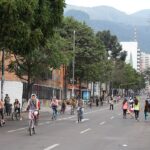
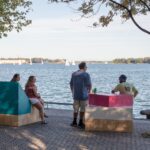

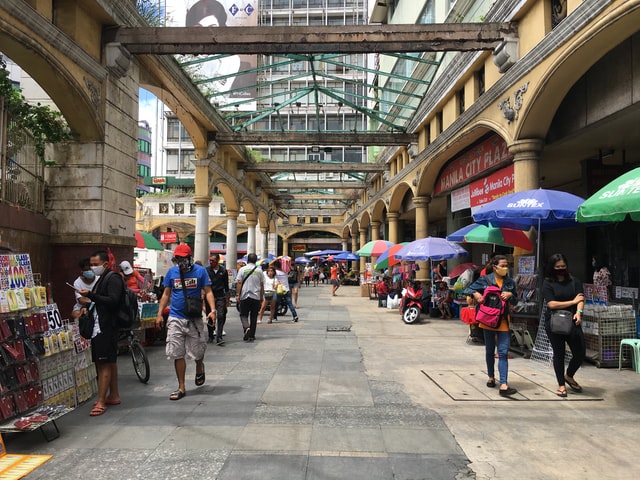

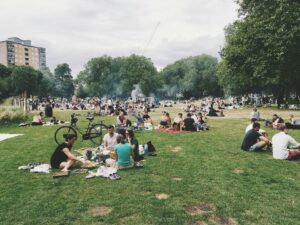
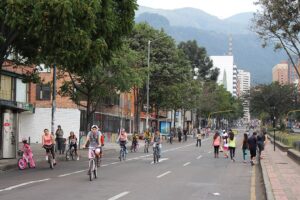
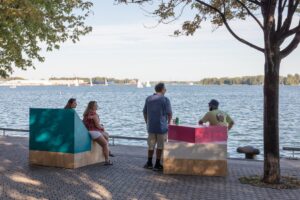
More Stories
Activating a Neglected Canal as a Community Hub by Lab D+H
Abandoned no more: Mumbai’s new park on previously disused land
Studio Saar crowns Udaan Park with canopy of colourful birds